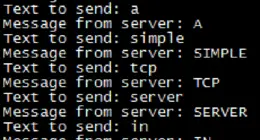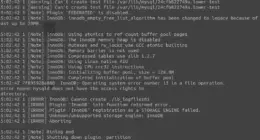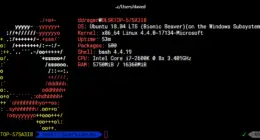This is a pretty simple thing to do, once you’ve figured it out. You attach files using the following syntax:
uuencode filename1 filename2|mail user@domain.name
This will uuencode the file names, then pipe the output to the mail command, and mail to the user.




6 comments
How do you attach 2 files ?
:0)
Thanks for posting this solution!.
How do you attach 2 files ?
:0)
Thanks for posting this solution!.
uuencode f1 f1 > f1.uu
uuencode f2 f2 > f2.uu
echo “mail body” > mail.body
cat mail.body f1.uu f2.uu | mail -s “test e-mail” you.e-mail@address.com
uuencode f1 f1 > f1.uu
uuencode f2 f2 > f2.uu
echo “mail body” > mail.body
cat mail.body f1.uu f2.uu | mail -s “test e-mail” you.e-mail@address.com
ummm. i hate to burst your bubble but..
nobody in this day/age should be using uuencode for anything.
uuencoded attachments will be destroyed going through a large majority of email systems, especially when the mta involves ASCIIEBCDIC gateways, these will sever the 8th bit control codes.
Theres a good explanation of the problems here:
http://www.imc.org/ietf-822/old-archive1/msg00290.html
And seriously. just use mimencode with base64, its understood by nearly every mail client and won’t get clipped by EBCDIC conversion.
ummm. i hate to burst your bubble but..
nobody in this day/age should be using uuencode for anything.
uuencoded attachments will be destroyed going through a large majority of email systems, especially when the mta involves ASCIIEBCDIC gateways, these will sever the 8th bit control codes.
Theres a good explanation of the problems here:
http://www.imc.org/ietf-822/old-archive1/msg00290.html
And seriously. just use mimencode with base64, its understood by nearly every mail client and won’t get clipped by EBCDIC conversion.
Comments are closed.